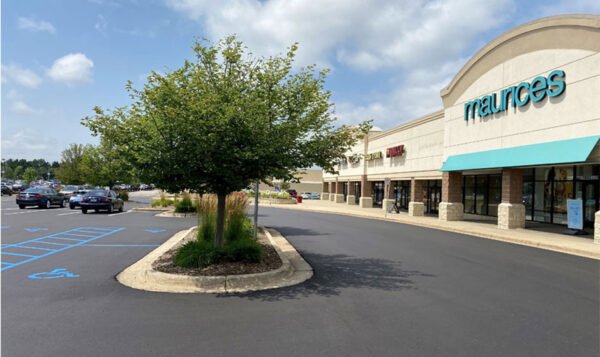10 Essential Tips for a Successful Long-Distance Move

Moving long distance can be a daunting experience, filled with excitement and challenges. Whether you’re relocating for a job, family, or a fresh start, proper planning and organization are crucial to ensure a smooth transition. Here are ten essential tips to help you navigate your long-distance move successfully.
Start Planning Early
The key to a successful long-distance move is starting early. Ideally, you should begin planning at least three months in advance. Create a comprehensive moving checklist that outlines all the tasks you need to complete before moving day. This includes everything from sorting and packing your belongings to arranging transportation and updating your address. By starting early, you can tackle each task methodically and avoid last-minute stress.
Create a Moving Budget
Moving long distance can be expensive, so it’s important to create a realistic budget to keep your expenses in check. Factor in all potential costs, such as hiring a moving company, purchasing packing supplies, travel expenses, and temporary housing if needed. Additionally, consider setting aside an emergency fund for unexpected costs that may arise during the move. Keeping track of your expenses will help you stay within your budget and avoid financial strain.
Declutter Before Packing
Before you start packing, take the time to declutter your home. Go through each room and decide what to keep, donate, sell, or discard. Moving is the perfect opportunity to get rid of items you no longer need or use. Decluttering not only reduces the volume of belongings you have to move but also can significantly lower your moving costs. Plus, it makes unpacking in your new home much easier and more organized.
Hire a Reputable Moving Company
Choosing a reputable long distance moving company is crucial for a successful long-distance move. Research and compare different companies, check their credentials, and read customer reviews. Ensure the company is licensed and insured to handle interstate moves. Obtain written estimates from at least three different movers to compare prices and services. Don’t forget to read the fine print of the contract, paying close attention to terms, conditions, and any potential hidden fees.
Pack Strategically
Effective packing is essential for protecting your belongings during a long-distance move. Start by gathering all necessary packing supplies, including sturdy boxes, packing tape, bubble wrap, and packing paper. Pack room by room, labeling each box with its contents and destination room in your new home. Use smaller boxes for heavy items and larger boxes for lighter items to make handling easier. Wrap fragile items carefully and fill any gaps in boxes with packing material to prevent shifting during transit.
Take Inventory
Create a detailed inventory of all your belongings before the move. This will help you keep track of your items and ensure nothing is lost or damaged during the move. An inventory is also useful for insurance purposes in case you need to file a claim for any damaged or missing items. Include descriptions, quantities, and the condition of each item in your inventory list.
Prepare Your Vehicle
If you’re driving to your new home, ensure your vehicle is ready for the trip. Schedule a maintenance check to address any potential issues and make sure your car is in good working condition. If you need to transport multiple vehicles, research auto transport services and choose a reliable company to handle the transportation. Plan your route, accommodations, and stops along the way to ensure a safe and comfortable journey.
Handle Utilities and Address Changes
Before you move, arrange for the disconnection of utilities at your current home and the connection of utilities at your new home. This includes electricity, water, gas, internet, and cable services. Additionally, update your address with the post office, banks, credit card companies, insurance providers, and any other important institutions. Notify friends, family, and any subscriptions or services you use of your new address.
Pack an Essentials Box
Pack a box of essential items that you’ll need immediately upon arrival at your new home. This should include toiletries, a change of clothes, important documents, medications, basic kitchen supplies, and any other items you’ll need for the first few days. Having an essentials box will save you from rummaging through multiple boxes to find what you need, making your first days in your new home more comfortable.
Stay Organized and Flexible
Throughout the moving process, staying organized is key. Keep all your moving-related documents, such as contracts, receipts, and inventory lists, in one place. Use a binder or digital folder to store everything for easy access. Additionally, be prepared for unexpected challenges and stay flexible. Delays, weather issues, or other unforeseen circumstances can arise, but maintaining a positive attitude and being adaptable will help you navigate any obstacles that come your way.
Conclusion
A successful long-distance move requires thorough planning, organization, and flexibility. By starting early, creating a budget, decluttering, hiring a reputable moving company, and packing strategically, you can ensure a smooth transition to your new home. Remember to stay organized, prepare for the journey, and keep an essentials box handy for immediate needs. With these ten essential tips, you’ll be well-equipped to handle the challenges of a long-distance move and enjoy a fresh start in your new location.



